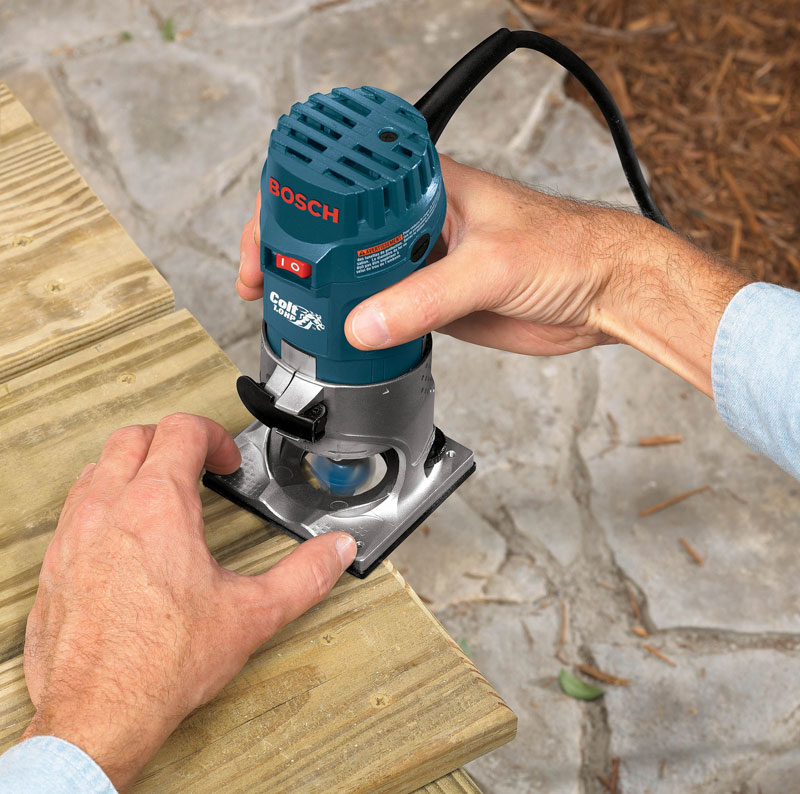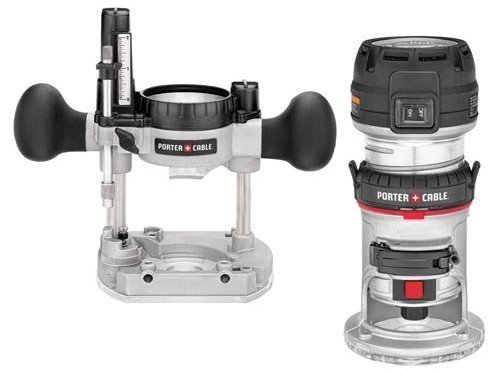Tips on how to identify a great wood router
For those who are not so much into tools, the identification of the right router may seen to be an uphill task. In some cases, this process may seem monumental even to the professionals in the field if one is not keen enough. Choosing the right router may be the difference between getting some of the finest cuts or just some soggy workmanship.
While the plunge base routers arch gaining lots of credence in the work shop for their quick outcomes, the fixed base ones are quite stable to work on. The differences in the operation of the two main types of wood routers call for the carpenter to be able to have to make the most relevant choice.
If one has not been through some of the tips of knowing which tool is the most appropriate, getting to select the correct router can seen to be a costly affair. However, there are certain tips which will easily enable one to identify a great tool from the pack without having to undergo troublesome steps. Some of these tips include:
Speed
In most cases, the works man may require a speedy turn over in terms of the work. This calls for the selection of the motor propelled router instead of the manual ones. The manual router has always been known for their slow pace at working but gives the designs needed by the works man. There are certain trims which may be quite hard if you use the hand held routing devices. For instance, the trimmings done on metallic surfaces or plastic may be done with motor power than manually.
The desired quality
There is a group of certain jobs which may have all the time but requires a certain level of precision. Most handheld tools are preferred in this because the artisan will apply what is in store to the latter.
However, the precision rates observed in some motor driven plunge routers are quite commendable. In some cases, the client may be categorical in specifying the type of design needed which may be hard to do with a manual machine but a mix.
Cost
In the general economic terms, the cost function plays an integral part in determining the buying power of the shoppers. The several functional benefits and the cost of each router can be considered. This helps save on the limited funds which may be available at the technician’s disposal. Buying a rather costly router with features which will not satisfy the needs of the workshop can be considered to be a waste.
Features
Before settling for a particular router, consider if it has the specific features you require for use in the workshop. For instance, the speed control features which are important if you are dealing with larger routers. The potential danger the carpenter may expose himself to if the quality measures are not adhered to is monumental. For example, the 3 Horsepower router can be rather dangerous if it cannot have a soft start.

The shape
The wood routers come in different shades of shapes. There could be a special shape the carpenter is interested in achieving. This will force one to have to choose the most relevant router to go with the shape.
The shapes will also apply in the area of choosing the bits. The wood cutter should be able to work well with the relevant bits to give the user the desired outcomes. For instance, if one requires a trimmed shape, then he will go for trim bits which are usually good for trimming all the veneered shapes. The edges will be well worked on using the edge forming bits fitted to the relevant router whether it is a fixed or plunge router.
Durability
While the router may not last just forever, the features should favor it to last as long as the user requires it to. This is important tin cutting down on the costs which may spiral with frequent purchases.
All these features and others are meant to fundamentally assist the impending buyer select only the relevant routing material which may also be quite durable in real sense.

